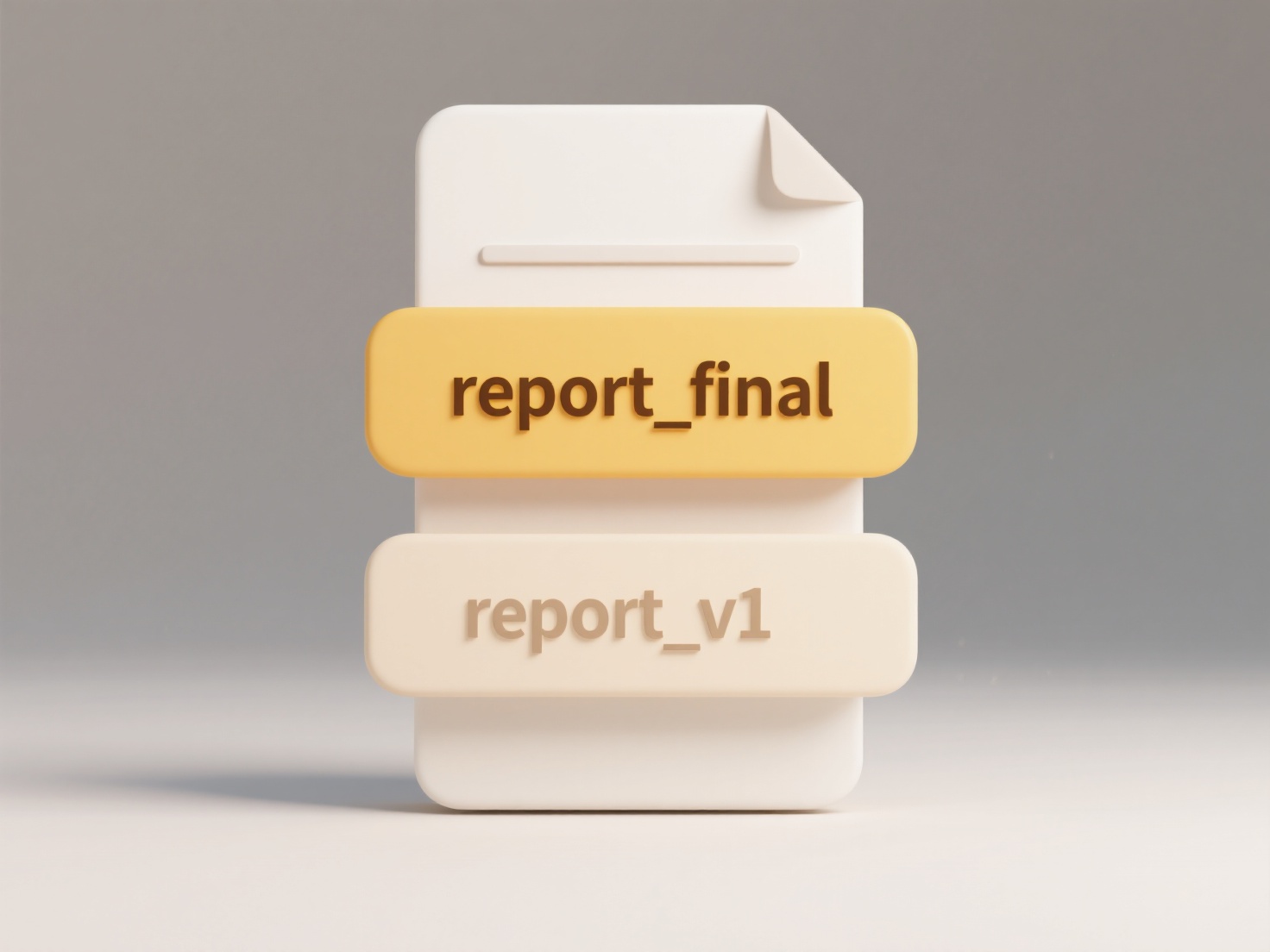
Handling archive folders over multiple years involves organizing files or data into a structured, long-term storage system using dated subfolders. Unlike active yearly folders, archives prioritize retention policies, accessibility over years, and efficient searchability, often separating them from current operational areas. A typical approach uses a root archive folder containing year subfolders (e.g., Archive/2022, Archive/2023), with quarterly or monthly divisions if needed.

For example, a finance department might archive yearly tax documents (invoices, receipts) within year-labeled folders, ensuring compliance with legal retention periods. A marketing team could store completed campaign assets in yearly subfolders under a main Projects_Archive, using consistent naming like "CampaignX_Assets_2022". Tools like Windows File Explorer’s search filters, cloud platforms (Google Drive, Dropbox), or dedicated archival software (like ArchiverFS) manage access and retrieval.
This approach saves storage costs and simplifies audits but requires diligent naming conventions and regular maintenance to avoid disorganization. Adherence to data privacy regulations (like GDPR) is crucial when archiving sensitive info. Future improvements may include automated tagging by AI or integrated retention policies within cloud platforms, reducing manual effort as data volumes grow.
How do I handle archive folders over multiple years?
Handling archive folders over multiple years involves organizing files or data into a structured, long-term storage system using dated subfolders. Unlike active yearly folders, archives prioritize retention policies, accessibility over years, and efficient searchability, often separating them from current operational areas. A typical approach uses a root archive folder containing year subfolders (e.g., Archive/2022, Archive/2023), with quarterly or monthly divisions if needed.

For example, a finance department might archive yearly tax documents (invoices, receipts) within year-labeled folders, ensuring compliance with legal retention periods. A marketing team could store completed campaign assets in yearly subfolders under a main Projects_Archive, using consistent naming like "CampaignX_Assets_2022". Tools like Windows File Explorer’s search filters, cloud platforms (Google Drive, Dropbox), or dedicated archival software (like ArchiverFS) manage access and retrieval.
This approach saves storage costs and simplifies audits but requires diligent naming conventions and regular maintenance to avoid disorganization. Adherence to data privacy regulations (like GDPR) is crucial when archiving sensitive info. Future improvements may include automated tagging by AI or integrated retention policies within cloud platforms, reducing manual effort as data volumes grow.
Related Recommendations
Quick Article Links
What is a .pptx file?
A .pptx file is the default file format used by Microsoft PowerPoint starting from PowerPoint 2007 and later versions. T...
Can I rename files using NFC or QR triggers?
NFC tags and QR codes are physical triggers that store information. They don't directly rename files themselves. Instead...
Why are file names sometimes truncated during sync or transfer?
File name truncation occurs when a system shortens a filename during syncing or transferring files to comply with techni...